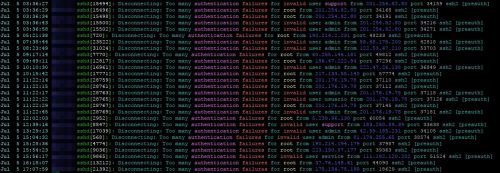“Passwords Evolved: Authentication Guidance for the Modern Era” is a good collection of guidelines and concerns for password management in the modern day.
Here’s the bigger picture of what all this guidance from governments and tech companies alike is recognising: security is increasingly about a composition of controls which when combined, improve the overall security posture of a service. What you’ll see across this post is a collection of recommendations which all help contribute to a more robust solution by virtue of complimenting one and other. That may mean that individual recommendations such as dropping complexity requirements look odd, but when you consider the way humans tended to deal with that (they’d just choose bad passwords with a combination of character types) alongside guidance such as blocking previously breached passwords, things start to make a lot more sense.
Now there’s just one more thing: as good as all this guidance is, practically implementing it can be somewhat trickier.


